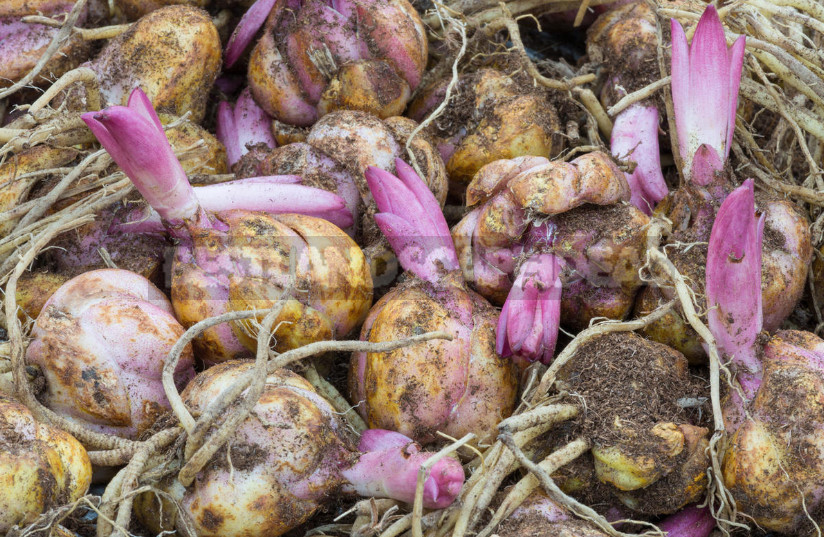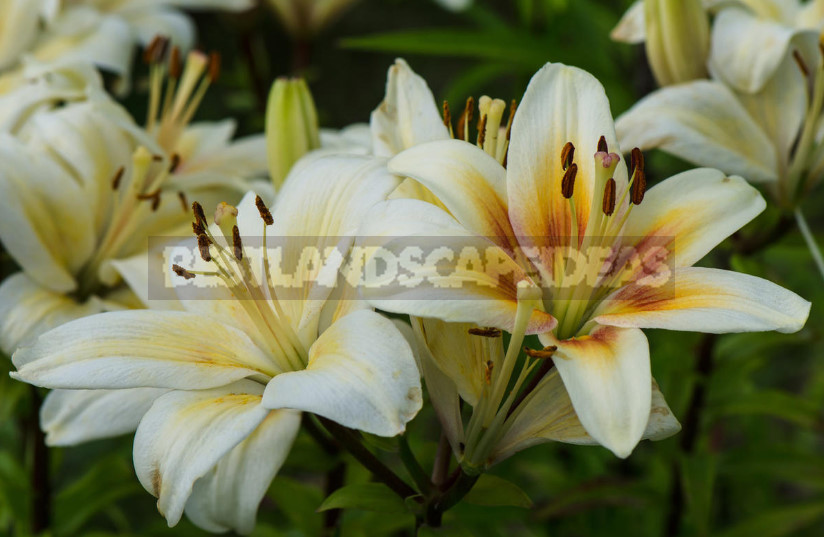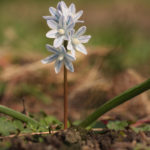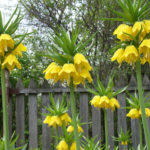August and September are the right time for planting lilies. So, now you should think about the choice of planting material and decide on the placement of new products in the garden.
Should I buy sprouted bulbs?
Is it possible to plant sprouted lilies in autumn? And what happens if the autumn is warm and they start to grow? These questions often raise doubts and concerns among Amateur gardeners. Let’s scatter them.
Growing in the ground Lily bulb in late summer – early autumn becomes dormant, preparing for the coming winter. The aboveground part of it at the same time naturally dies, and if you dig up such a plant, the bulb will be without a sprout. She’s ready for the transplant.
However, in August-September on the shelves most often we see bulbs with sprouts. This means that they were dug out last year and stored in specially equipped refrigerators, where conditions allow to significantly extend the period of rest. The fact is that the producers of planting material dig lilies in September and October, when the stores are already completing seasonal sales. Taking into account the time for preparation of bulbs and transportation, the delivery time is shifted to October-November. For our climatic conditions, this landing option is not suitable.

So, if you fall I bought bulbs from sprout — which means they last year’s crop. They should not be stored, it is desirable to plant in the ground immediately after the acquisition, so that before the frost they had time to develop and strengthen the root system. Tied buds (if it comes to it) it is desirable to remove the bulb to prepare for the winter, not wasting power on flowering. When the cold comes, cut off the stem at the ground.
Next summer, these bulbs usually do not bloom — let it not scare you: lilies just need time. Create good conditions for the plant, and in a year you will see it in all its glory.
How to plant lilies?
Lilies are planted in a Sunny place or in partial shade (preferences depend on which group the selected variety belongs to). The soil should be loose, fertile, with a neutral or slightly acidic reaction. Bulbs do not tolerate stagnation of water, so it is advisable to take care of good drainage. It will be useful and protection from rodents — use special baskets for bulbs or any available ways to scare the mice from planting.
The distance between the bulbs — 15-20 cm, depth — 3 height bulbs. The landing site should be well mulched (peat, humus, dry leaves, etc.). Do not use mulch that attracts rodents (e.g. straw).
Most popular hybrids of lilies is characterized by high winter hardiness and does not need additional shelter, but in the year of planting, when the bulbs are not yet well rooted in the new place, it is desirable to provide them with a dry shelter and take care of snow retention.

Another option is possible. If you purchased a sprouted bulb in autumn, you can plant it in a pot and leave it outside until frost. At the first sign of cooling to bring a pot in the house, where the Lily will soon bloom. After flowering, feed the plant and water it regularly for a month, preventing the soil from drying out in the pot. Then cut off the aboveground part and remove the pot with the bulb in a cold non-freezing room (store it at zero temperature). In the spring (April-may) plant a Lily on a permanent place in the garden.
On what groups share lilies
The nuances of planting and care, as well as features of placement in the garden largely depend on which group belongs to the chosen variety. As a rule, lovers grow lilies belonging to one of the most common groups:
- Asian hybrids (they are denoted by the letter A);
- Oriental hybrids (O — from the Latin “oriental” “Oriental»);
- tubular hybrids (T);
- LA hybrids (result of crossing long-flowered (longiflorum) and Asian lilies);
- OT-hybrids (obtained from crossing Eastern and tubular lilies).
Less common in the gardens of long-flowered lilies (L — longiflorum), LO-, LOO-, OA-hybrids. To find the plants that are best suited to your conditions and tasks, you need to understand what lies behind these names.


















